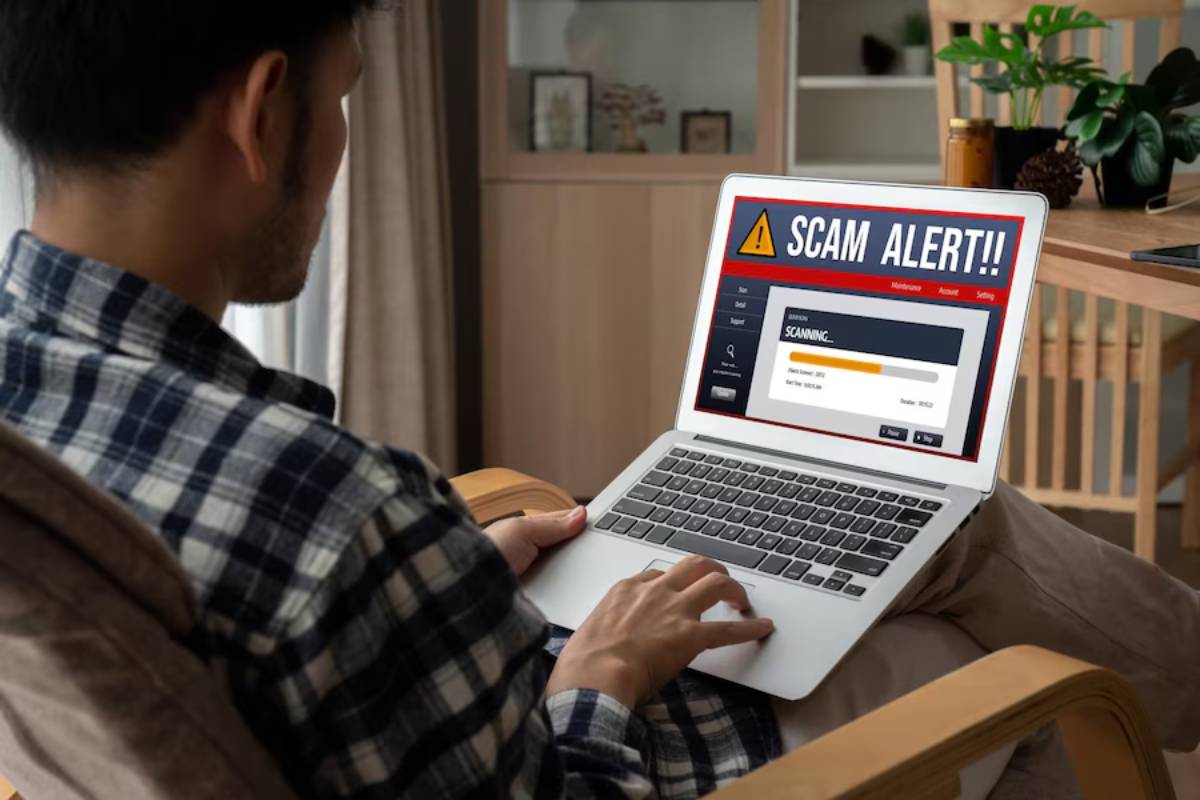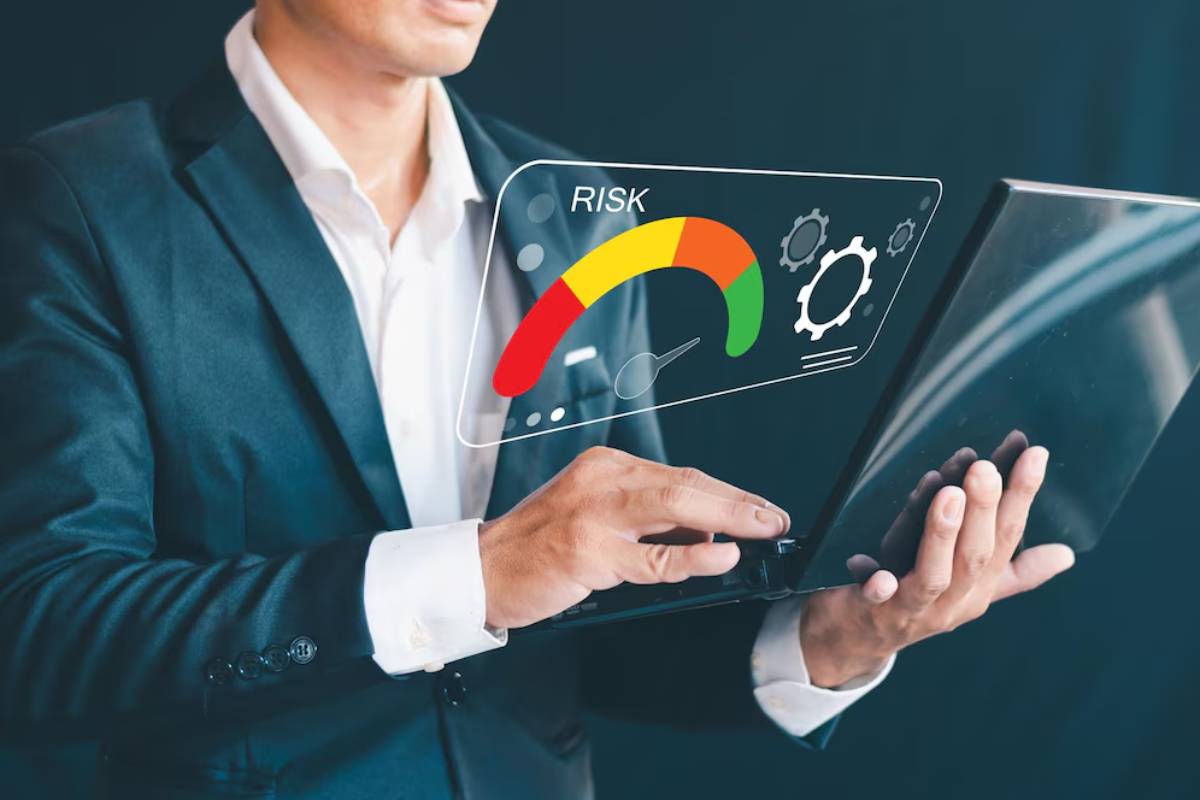
How to Implement Fraud Detection in Your Payment Gateway
Online payments have revolutionised how businesses operate. Yet, with the convenience comes a dark side—fraudulent transactions costing global businesses billions annually. Without strong fraud detection implementation, your payment gateway becomes a welcome mat for cybercriminals.
If you’re running an eCommerce store or offering digital services, securing transactions is not just good practice—it’s essential. In this guide, you’ll learn how to fortify your payment system with effective fraud detection, ensuring secure payments for your customers and peace of mind for your business.
Understanding the Core: Why Fraud Detection Matters
Fraud detection is the process of identifying and blocking suspicious or unauthorised transactions before they can do harm.
In a payment gateway context, fraud detection works through transaction monitoring, risk scoring, authentication checks, and AI-based analysis.
Why is it critical? Because online fraud is smarter than ever. Attackers exploit payment vulnerabilities using stolen cards, account takeovers, and refund scams. Every breach hurts your brand reputation, drains revenue, and can even land you in legal trouble for not safeguarding customer data.
Important: Fraud losses from online payments were estimated at over £25 billion globally in 2024— a figure growing 15% year-on-year.
Simply put: Fraud prevention is no longer optional—it’s your business’s invisible shield.
Quick Guide / Checklist: Fraud Detection Essentials
- Integrate multi-layered authentication (2FA, biometrics)
- Monitor all transactions in real-time
- Apply AI and machine learning fraud tools
- Configure flexible risk rules and thresholds
- Validate customer identities during checkout
- Regularly update your fraud detection software
- Train your team to spot and act on fraud alerts
Step-by-Step Guide: How to Practise Fraud Detection Implementation
1. Choose a Payment Gateway with Built-in Security
First, select a provider that offers fraud detection as part of their core services. Look for features like:
- Real-time fraud screening
- Address Verification Services (AVS)
- Device fingerprinting
- Behavioural analytics
Pro Tip: Some gateways let you customise fraud settings—tailor them to match your business risk profile rather than relying on defaults.
2. Use Strong Customer Authentication (SCA)
Under regulations like PSD2 in Europe, SCA is mandatory. This typically involves:
- Something the customer knows (password)
- Something they have (phone, card)
- Something they are (biometrics)
Make SCA seamless to protect legitimate users without harming the user experience.
3. Implement Transaction Monitoring
Constant transaction monitoring allows you to detect anomalies instantly. Key metrics to track include:
- Unusually large orders
- Multiple failed login or payment attempts
- Suspicious device or IP changes
- Shipping address inconsistencies
Secret Tip: Setting ‘velocity checks’ (e.g., blocking multiple transactions from the same IP in a short time) can pre-empt mass fraud attempts.

4. Apply Risk Scoring Models
Assign a risk score to every transaction based on factors such as:
- Country of origin
- Device used
- Previous purchase behaviour
Flag and hold high-risk transactions for manual review while letting low-risk transactions flow freely.
5. Integrate AI and Machine Learning Tools
Today’s AI-powered systems can detect fraud patterns humans might miss. Look for solutions that offer:
- Adaptive learning from new fraud tactics
- Automated decision-making
- Customised alert systems
AI is crucial because manual methods alone can’t keep up with the speed and complexity of modern attacks.
6. Maintain Regular Updates and Testing
Fraudsters evolve. Your detection methods must too.
- Update algorithms
- Test your payment gateway flows for vulnerabilities
- Adjust risk rules based on evolving threat data
Important: Regular audits and security tests can uncover weak points before fraudsters exploit them.
Best Practices & Additional Insights
1. Balance Security with User Experience
Tight security is vital, but don’t overcomplicate the checkout process. A high-friction experience causes abandoned carts.
Example: Offer fingerprint login for returning customers rather than forcing multi-step passwords every time.
2. Create a Layered Defence Strategy
Don’t rely on a single tool. Combine:
- Manual reviews for flagged transactions
- AI-based monitoring
- Verification tools (email, phone, document upload)
Think of it like a medieval castle—you need walls, guards, and moats.

3. Partner with Cybersecurity Experts
If fraud becomes sophisticated beyond your in-house capacity, consult specialists who can:
- Perform forensic audits
- Recommend enhanced encryption
- Implement cutting-edge risk mitigation strategies
Pro Tip: Working with fraud prevention experts can reduce fraud losses by up to 70%, according to industry reports.
FAQs
How does transaction monitoring detect fraud?
Transaction monitoring analyses real-time payment behaviour to flag suspicious patterns based on pre-set rules or AI analysis.
Can AI fully automate fraud detection?
AI greatly enhances detection, but human oversight remains vital to review edge cases and false positives.
Is fraud detection costly to implement?
Costs vary, but it is a smart investment compared to the financial and reputational damage caused by a data breach.
What happens if a legitimate transaction is flagged?
Most systems allow manual review, where you can verify the customer’s identity before approving or rejecting the transaction.
How quickly can fraud detection systems adapt to new threats?
Advanced AI-driven systems adapt in near real-time, but regular system updates and human supervision remain crucial.
Why is balancing user experience important in fraud prevention?
Overly complex security steps can frustrate users, leading to higher checkout abandonment and lost revenue.
What is the first step when starting fraud detection implementation?
Start by conducting a thorough risk assessment to understand your platform’s vulnerabilities and typical fraud patterns.
How often should I update my fraud detection rules?
It’s recommended to review and update rules every three to six months, or sooner if you notice new fraud trends.
Can AI and machine learning really improve transaction monitoring?
Yes — AI can detect complex patterns and anomalies much faster than manual methods, leading to quicker fraud prevention.
What are false positives in fraud detection, and how can they affect my business?
False positives occur when legitimate transactions are incorrectly flagged as fraud, potentially frustrating customers and reducing sales.
Is multi-factor authentication enough to ensure secure payments?
While multi-factor authentication greatly strengthens security, it should be combined with other fraud detection measures for complete protection.
Should small businesses also invest in advanced fraud detection tools?
Absolutely — small businesses are often prime targets for fraudsters, making strong fraud detection crucial even at smaller scales.
What’s the role of behavioural analytics in fraud prevention?
Behavioural analytics monitors user habits to spot deviations that may indicate fraudulent activities, adding a deeper layer to transaction monitoring.
How important is staff training in maintaining secure payments?
Extremely important — well-trained employees can spot and respond to suspicious activities faster, strengthening your overall defence.
Can I outsource fraud detection instead of building it in-house?
Yes, many businesses partner with specialised fraud detection services to access expert monitoring without the heavy lifting.
What happens if my payment gateway fails to detect fraud?
You may face financial losses, reputational damage, and potential legal liabilities if fraudulent transactions go unnoticed.
Securing Your Payment Gateway: Final Thoughts on Effective Fraud Detection
Fraud detection implementation is not just a technology project—it’s an essential business practice for anyone operating a payment gateway. By applying strong transaction monitoring, using AI-driven tools, and staying updated, you can ensure secure payments without sacrificing your customer’s buying experience.
The steps outlined here will position your business to fight back against fraudsters with confidence.
Now’s the time to strengthen your payment systems. Ready to make your transactions safer and smarter? Let’s secure your success!


